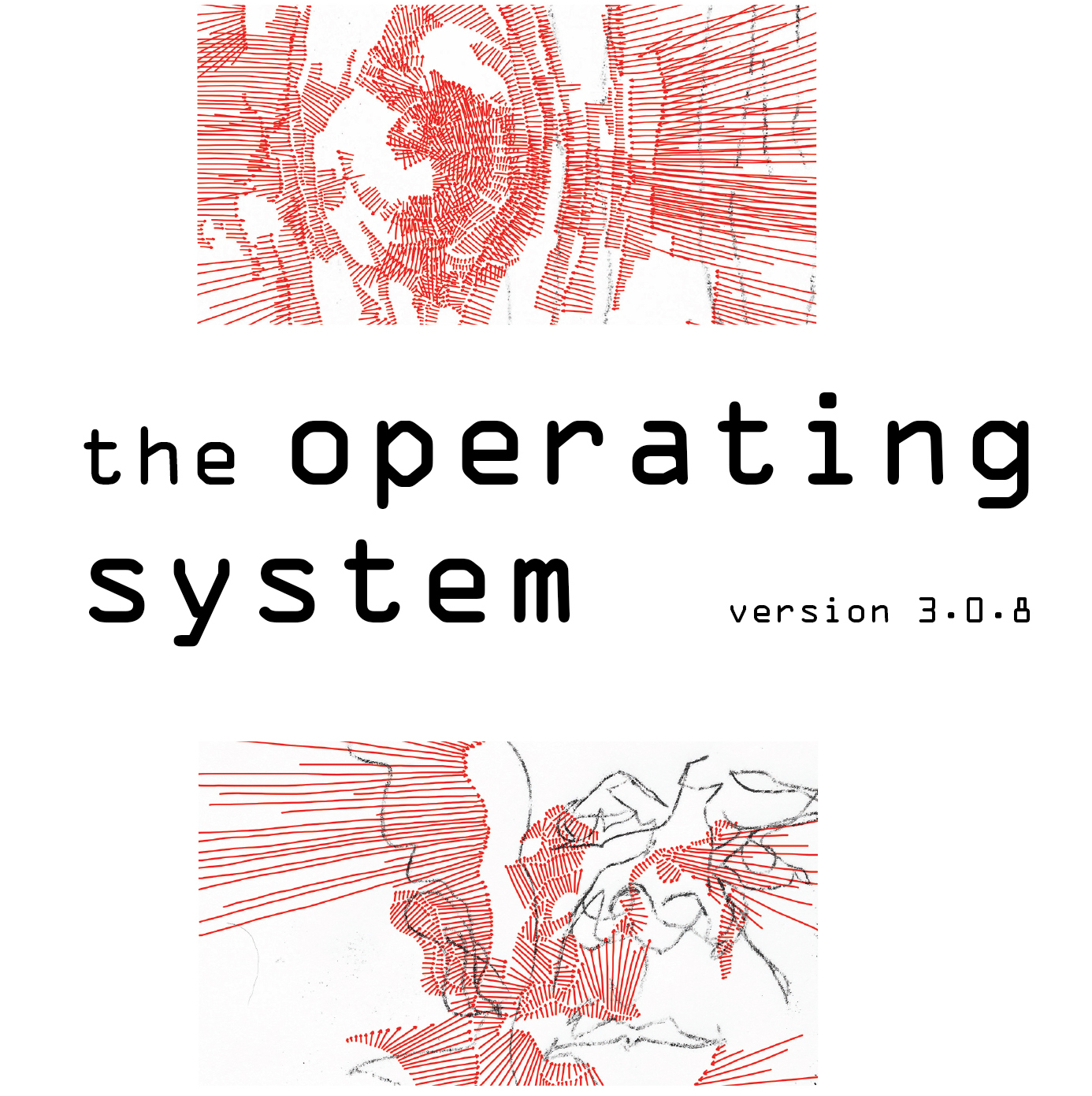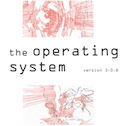WORD / PRINT :: PETER MILNE GREINER :: 500 Words About the Cover of Andrew Durbin's REVELER

DNA recognizes itself in the eyes of other people and in animals, independent of whatever sense of self an organism has that arises, perhaps, from an orientation in Earth’s bizarre sentience gradient. For example when you make eye contact with a cat nothing passes between your consciousness and the consciousness of the cat as two unique closed-system intelligences. But the eyes do lock. Some kind of biomechanical recognition takes place that we ourselves have nothing to do with, but nevertheless host. Despite the temptation to believe otherwise, the eyes of a cat do not express feeling, really they don’t. When you see feeling in a cat’s eyes you’re imposing that feeling, that sense of participation, onto those eyes. The eyes of lower life forms (Star Trek definition) are expressionless, blank, uninhabited—bewildering.
Pareidolia is a phenomenon described in psychology during which the human mind searches for a face, constantly and in everything. The stock example of this is the “face” in the Cydonia region of Mars, which isn’t real. If the irreducible likeness of a face is a line surmounted by two dots, the rest is embellishment. It is in this realm of irreducible simplicity, to which our species is constantly returning, that the pictogram originated. The pictogram is a means of communication by resemblance.
Fox fur isn’t really red, it’s orange, but we recognize a fox through common depiction as red, as what it really isn’t, as subjected to a kind of drift. The formidable challenge of orange is reduced to primary red by default. What happens when the reverse is true, when this drift is induced? For orange, the foxness is placed into a state of crisis. It becomes less recognizable as itself. Toward magenta? The foxness is placed into a state of crisis even more demanding. Its reality is taut, on the verge of snapping apart. This is the difference between resemblance and portrayal.
Mårten Wessel’s cover for Andrew Durbin’s Reveler, a long poem published as a chapbook by Argos Books, consists of a pictographic fox head, magenta or otherwise heliotrope, over a single, beryline square. The ears of the fox, a hexagon and pentagon in outline, irregular, perky, sizeable antennae departing the square, point outward past the edges of the book. The facial features of the fox, eyes, nose, mouth, are somewhat darker, their single color printed over another. A single crazed eyebrow warps extravagantly across the left eye to form the snout. The one word REVELER is similarly superimposed, partly over the square, partly outside of it. The fox, expressionless, is looking at whatever is behind you and to the left. The image is starkly computer-generated, simple, almost logo- or avatar-cute but not quite. It is cunning and watchful, a killing machine’s insignia. But foxes aren’t cunning. They are orange and have sharp teeth. They are cats.
They are not cats, but Wessel’s fox is a drifted fox, and the fox in Durbin’s poem is also a drifted fox, not a pernicious red—red—trickster, not Nietzsche’s Reynard. It is away from red, away from its folkloric descent, but the flashing tail and trope are barely—clearly—discernible. It is looking, blankly, all kinds of things at you, celebration in whom it madly delights. Look back.
—
Peter Milne Greiner, whose work can be found both online and off in Exit Strata PRINT! as well as in the recent Exhibit A curated exhibition at LaunchPad BK is also the author of poems, slash fiction, regular fiction, and reviews. Find them in Fence, Stone Telling, Leveler, Diner Journal, FAQNP, Wraithbait, and You’re Beautiful, New York. He co-creates DrunknSailor, a very occasional, somewhat ensemble reading series and maker of event-specific publications. He lives in Brooklyn and is the author of the chapbook Glyph Test Site, a companion to the work of M. Mel Shimkovitz.


